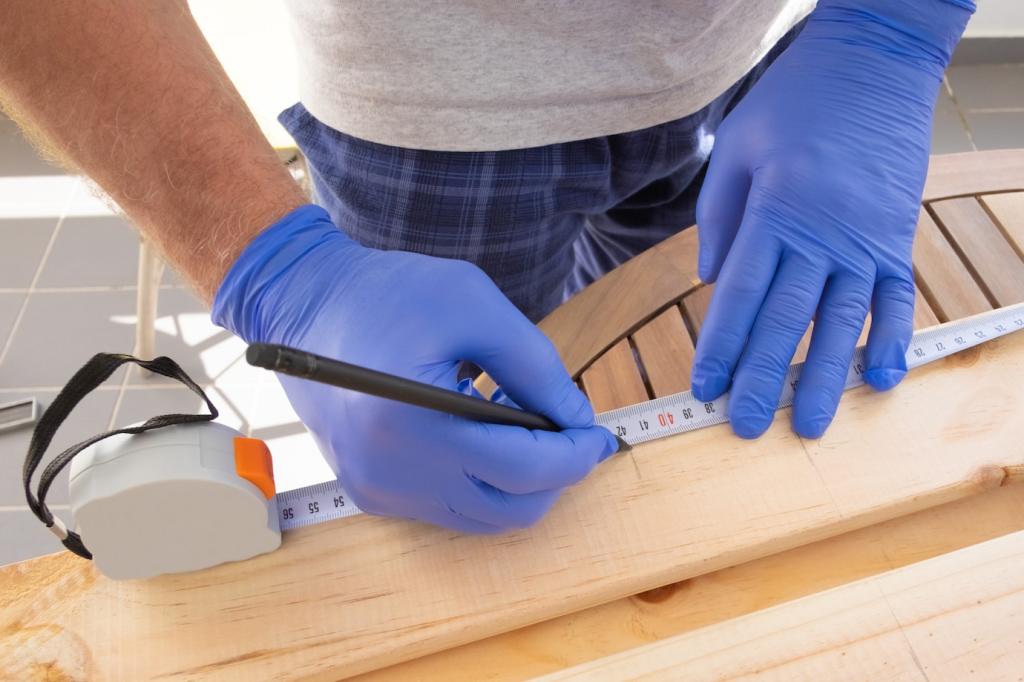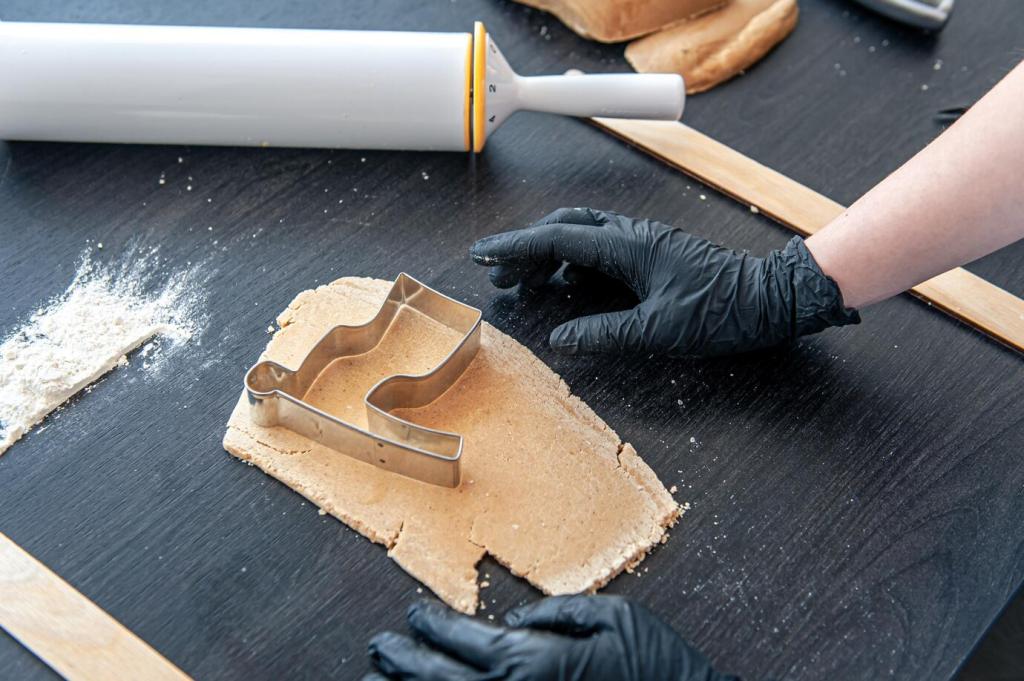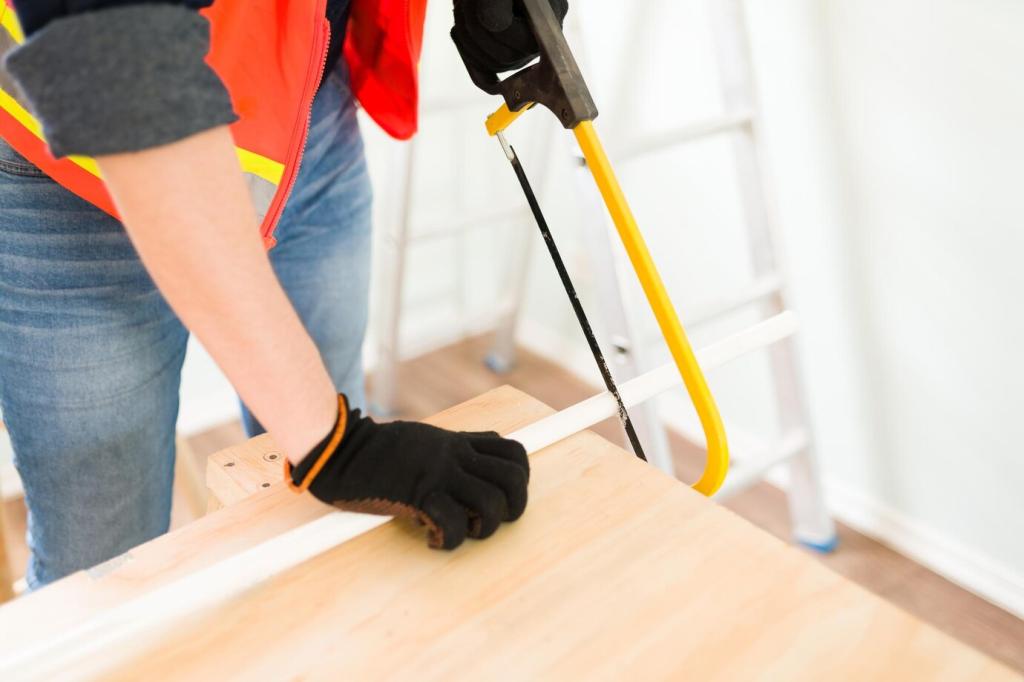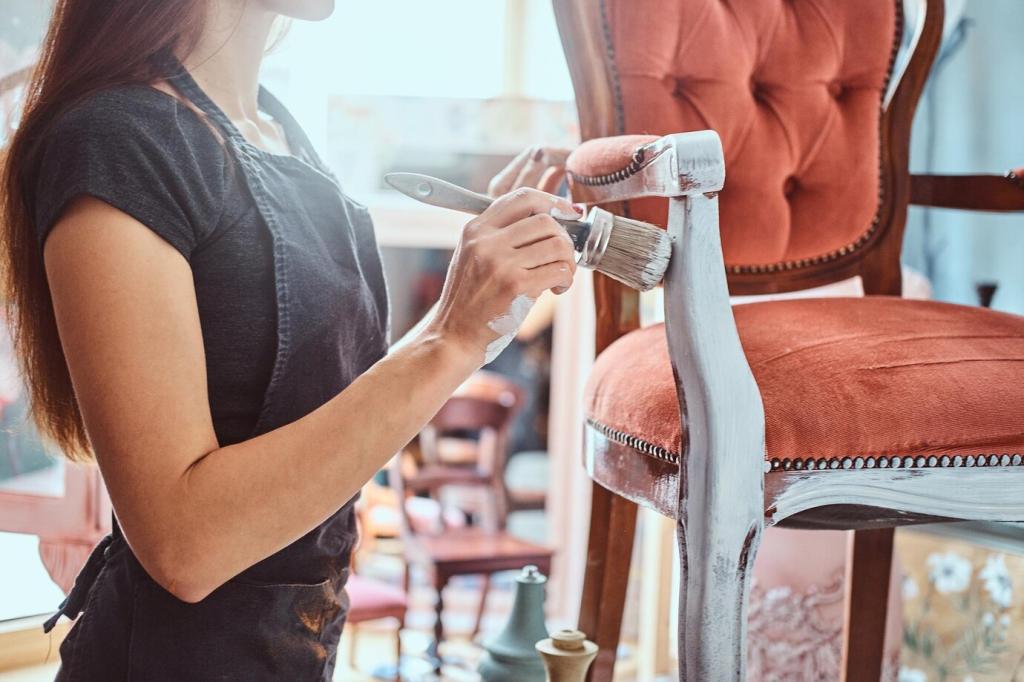
Preservation Secrets for Wooden Furniture
Chosen theme: Preservation Secrets for Wooden Furniture. Welcome to a warm corner of craftsmanship where grain tells stories and care keeps them alive. Explore practical, soulful ways to protect, restore, and celebrate your wooden pieces. Share your questions, subscribe for weekly tips, and join the conversation.



Clean Without Harm: Everyday Care That Protects
Use a soft microfiber cloth, moving with the grain to lift dust rather than grinding it into the finish. Feather dusters scatter particles. Lightly mist the cloth with distilled water if needed—never spray the furniture. Small, regular dusting preserves clarity and luster.

Finishes 101: Wax, Oil, Shellac, and More
Identify the Finish Before You Treat
Rub a cotton swab dipped in denatured alcohol on an inconspicuous spot: shellac softens; lacquer may respond to lacquer thinner; polyurethane resists. Knowing the finish guides whether you wax, oil, or do nothing, preventing incompatible layers that age poorly.
Wax: A Soft Armor
A thin coat of high-quality paste wax protects against moisture rings and enhances depth. Apply sparingly with the grain, let haze, then buff with a clean cloth. Over-waxing suffocates beauty; restraint keeps the surface crisp and breathable.
Oil for Penetration, Not Shine
Hardwax oils and pure tung oil feed thirsty wood, especially on oil-finished pieces. Wipe on thinly, wait, then buff completely dry. Avoid oily buildup, which attracts dust. Preservation is balance—nourish, don’t drown, the wood beneath the finish.
Climate Control: Humidity, Light, and Placement
Aim for 40–55% relative humidity and stable temperatures. Use a digital hygrometer near cherished pieces. In winter, add a humidifier; in summer, a dehumidifier. Stability reduces cracks, stuck drawers, and wobbly joints—the preservation trifecta for wooden furniture.

Disguise Light Scratches
For shallow scratches, a wax stick or color-matched touch-up marker gently blends damage without overworking the area. Always test in a hidden spot, build color gradually, and buff to merge sheen. Less is more when preserving character.
Banish White Rings
White rings are moisture trapped in the finish, not the wood. Try a warm iron over a cotton cloth for seconds at a time, or rub with a tiny amount of non-gel toothpaste mixed with baking soda. Finish with wax to reestablish protection.
Respect the Joint
Loose mortise-and-tenon or dovetails often respond to gentle clamping and fresh liquid hide glue, which remains reversible. Avoid polyurethane glues that foam and stain. Patience preserves authenticity; quick, messy fixes cause headaches down the line.
A Preservation Routine You’ll Actually Keep
Monthly and Seasonal Checklist
Monthly: dust with microfiber, inspect tops and edges, rotate display items. Seasonally: deep clean, refresh wax if appropriate, check humidity logs, and tighten hardware. These simple habits compound into decades of preserved beauty and fewer costly interventions.
Move with Care
Lift, don’t drag. Remove drawers and leaves before moving. Use blankets, straps, and corner guards. Communicate directions clearly with helpers. A smooth move prevents racked frames, split legs, and finish scuffs that otherwise haunt treasured pieces for years.
Family Agreements
Agree on coasters, placemats, and pet rules. Keep a small care kit—soft cloths, mild soap, paste wax, and touch-up markers—nearby. When everyone participates, preservation becomes culture, not chore. Tell us your household rules; we’ll share them in a future post.
Sustainable Choices: Products and Ethics that Endure
Select low-VOC waxes and oils, and look for transparent ingredient lists. Natural resins and plant-based oils can protect beautifully when applied correctly. Buy small quantities to avoid waste, and store tightly sealed to extend shelf life responsibly.

